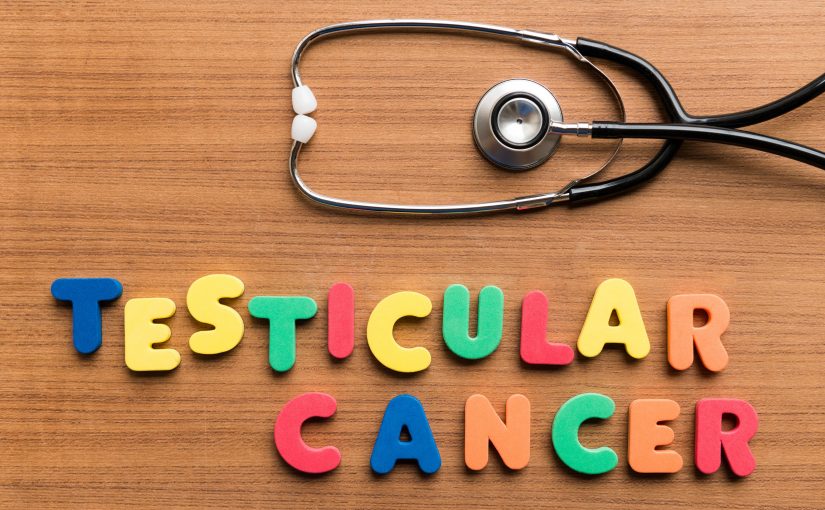What is testicular cancer?
Testicular cancer occurs when there is an abnormal growth of cells that form a tumour in one or both testicles. It’s the most common form of cancer for young males aged between 15 and 34.
Of all testicular cancers, 90% are comprised of germ cell tumours (the cells responsible for producing sperm). There are several types of germ cell tumours. Around half of testicular tumours are a type of germ cell tumour called seminomas. These peak at around 35 years of age and tend not to spread to other parts of the body. Other kinds of germ cell tumours (non-seminomas) tend to effect men in their 20s and to be more aggressive.
Testicular cancer is one of the most curable forms of cancer, with a 90% plus cure rate. However, early detection is important as it can spread to lymph nodes and other organs like the lungs.
What causes testicular cancer?
While testicular cancer is more common amongst Caucasians than those of African, Hispanic or Asian descent, an explanation for this greater risk is unknown.
Risk factors include sex chromosome disorders such as KIinefelter syndrome, undescended testes, abnormal testicular development, and a family history of the disease.
Symptoms
The most common symptom is a painless lump or swelling in the testicle. Accompanying symptoms may include heaviness or fluid collection in the scrotum, an ache in the groin area, testicle pain, back pain, or breast enlargement and tenderness. That said, these symptoms may be indicative of conditions other than cancer.
Testicular cancer rarely occurs in both testes, so a comparison between the two in terms of size and shape should be helpful. Of course you should consult your GP or medical professional if you have any concerns.
Testing
If your GP or medical professional determines that testing is required, the next stage is laboratory tests.
Alpha-fetoprotein (AFP) non-seminoma germ cell tumours often produce alpha-fetoprotein, if these levels are elevated may be indicative of non-seminoma cells and can be further investigated.
Human chorionic gonadotropin (hCG) may be elevated in seminoma and non-seminoma germ cell tumours.
There are tumours, known as stromal tumours that don’t create either AFP or hCG and cause their levels to rise. Blood tests are unhelpful in the detection of astromal tumour.
Lactate dehydrogenase this enzyme is found in many body tissues and is released into the bloodstream when damage to the cell occurs. While it rises with many other health conditions, when testicular cancer is present high LD levels can indicate the cancer is widespread.
Treatment
Once a diagnosis is made, a determination will most likely be made by consultation between a team of medical clinicians and specialists about the best course of action to pursue. More information about treatment options and support services is available from the Cancer Council.

